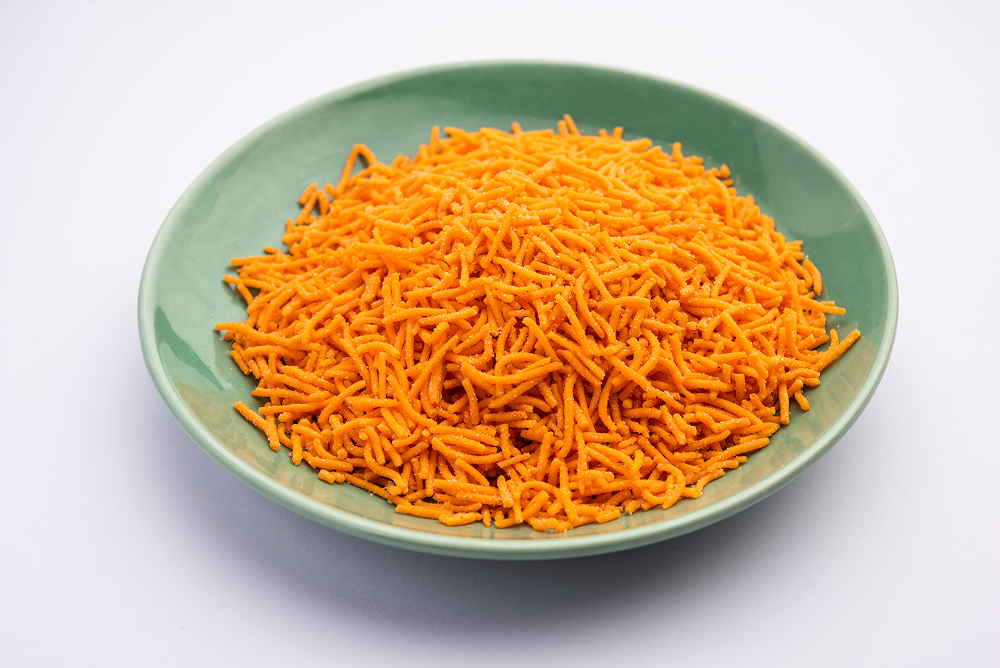Millets are a group of cereal grains that belong to the Poaceae family, commonly known as the grass family.
They are widely consumed worldwide today because of their nutritional properties. While it may look like a seed, millet’s nutritional profile is similar to that of sorghum and other cereals.
Millets have gained popularity because they are gluten-free and are high in protein, fiber and antioxidant contents.
Millets are one of the oldest foods known to humankind. They are rich in minerals and plant-based nutrients (phyto-nutrients). Overall, millets are tiny power-packed nutrient foods and are a must for a healthy lifestyle.
Millets are making quite an impact! They are gaining ground as healthy options for those suffering from lifestyle diseases, be it diabetes, cardiovascular diseases, intestinal disorders or allergies towards gluten.
Millets, the traditional staple food of India, are less labor intensive and require very less water. The water footprint for most of the major millets is less than a quarter of rice’s water footprint.
Millets are pest-resistant crops. The primary source of resistance lies in their chemical and physical make up. Phenolic compounds such as ferulic acid and tannins present in the millets are potent inhibitors of pests and pathogens.
Millets are small-seeded grasses that are hardy and grow well in dry zones with minimal input requirements. They are also resistant to the cold, drought & salinity and thus, are suitable for cultivation on dry and arid land.













